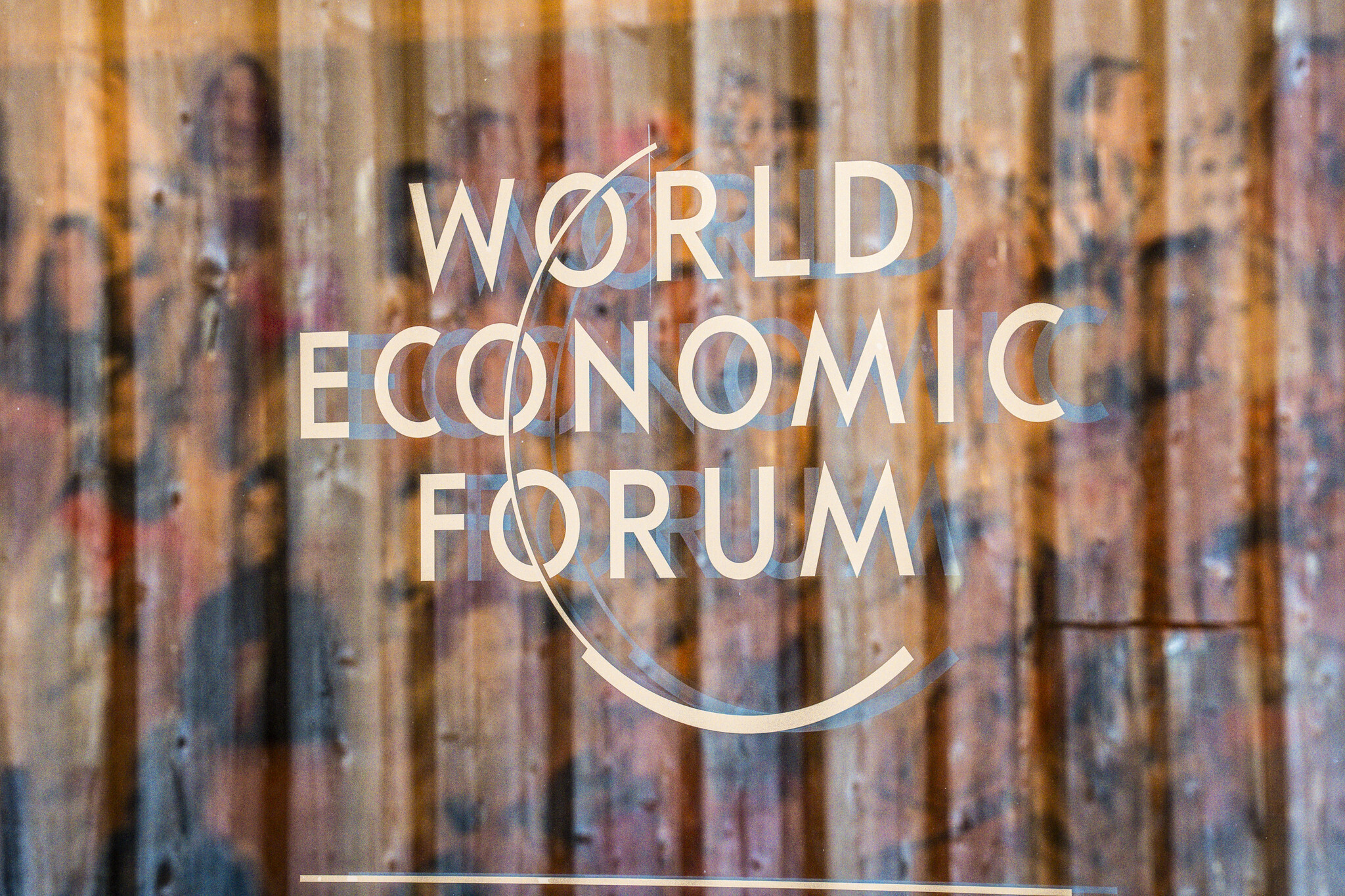4 big infrastructure trends to build a sustainable world

The Keilaniemi subway station in Espoo, Finland. 2021 will be big a big year for global infrastructure development. Image: Joakim Honkasalo
- Infrastructure-driven recovery could offer a solution for economic stimulus and growth.
- Infratech could help improve safety, accelerate decarbonisation and optimise the operations of infrastructure systems.
- Infrastructure planning is playing increasing attention to social outcomes and community engagement.
2021 will be a big year for global infrastructure development. Even before COVID-19 shifted government priorities, the world was already underinvesting in infrastructure by half a trillion dollars in 2020, according to the Global Infrastructure Hub. With vaccine distribution imminent, world leaders are turning their attention to how to revive pandemic-ravaged economies.
Infrastructure development has been an oft-examined but difficult-to-implement tool for economic stimulus and growth. In a world shaken by the COVID-19 pandemic, an infrastructure-driven recovery is becoming an increasingly discussed solution. US President-elect Joe Biden’s $7 trillion “Build Back Better” plan includes massive new infrastructure spending meant to revolutionise the US’s ageing and neglected infrastructure systems. Infrastructure development will also play a key role in the implementation of the €1 trillion European Green Deal, while China is turning to infrastructure-led stimulus, much as it did after the 2008 Great Recession.
With the new year comes the opportunity to embrace new ideas and address systemic challenges. Here are some of the trends that we might see in infrastructure over the coming year, and how their focus on improving economic, environmental and social outcomes could shape our world for generations.
Embracing technology
While the infrastructure sector has lagged others in adopting emerging technologies, this is not due to a lack of innovation. In fact, innovation is flourishing, producing new technologies that are changing the way we plan, design, build and operate infrastructure. 2021 is likely to be a year where infrastructure technology, or Infratech, is more widely embraced to improve safety, accelerate decarbonisation, increase community engagement in the development process, and optimise operations and maintenance of infrastructure systems.
New innovations like Digital Twin technology can revolutionise infrastructure planning and operation, Building Information Modelling can vastly improve design, while 3D printing is disrupting construction. These potentially powerful tools can help planners and developers tailor the delivery of infrastructure systems to meet the needs of communities and leverage technology as an enabler of better infrastructure that begets better outcomes.
A focus on sustainability
President-elect Biden's “Build Back Better” plan places heavy emphasis on developing sustainable infrastructure, and both the EU and Chinese plans focus on green infrastructure development to varying degrees. With the COVID-19 crisis slowly subsiding, world leaders will be faced with a much larger threat: climate change.
In the coming year, there will be more focus on how we can both prioritise green sustainable projects and build our infrastructure in a more sustainable way. This includes the use of sustainable building materials, such as mass timber, or leveraging big data to reduce environmental impacts.
It also means designing infrastructure plans that favour renewable energy production over fossil fuel plants, improved mass transit over car-centric transport infrastructure, and infrastructure that supports electric vehicles. We will also likely see an increase in the use of nature-based solutions to improve infrastructure resilience in the face of climate change: think wetlands and green roofs rather than high walls and expensive pipes to manage stormwater and improve flood control.
Seeking equity and justice through social outcomes
Social movements in recent years have shed light on racial and economic inequalities that have been further intensified by the pandemic. Infrastructure connects people and creates opportunities within communities. At its core, the development of infrastructure is a direct reflection of the values of a society.
In the US, an examination of legacy infrastructure quickly reveals a history of systemic injustice that continues to the present day, resulting in disparities in public health and safety outcomes. The 2014 drinking water crisis in Flint, Michigan, echoed by a separate episode a few years later in Newark, New Jersey, resulted in lead contamination impacting thousands of working-class and minority families.
The pursuit of a truly resilient recovery must attempt to correct those inequalities in the existing built environment and deliberately aim to reach underserved populations. Taking a people-first and outcomes-focused approach will help to ensure all citizens have equal access to the infrastructure services that underpin flourishing communities. In 2021, there will be increasing attention paid to social outcomes and community engagement in infrastructure planning. Reference tools such as the ISI Envision Rating System and the GI Hub Inclusive Infrastructure and Social Equity tool can provide integrated frameworks to guide decision-makers.

Riding the ESG financing wave
While infrastructure is largely publicly funded, private sector financing has played a prominent role in infrastructure development, filling the gap where governments cannot. With governments prioritising COVID-related budget expenditures, they will likely start exploring ways to draw more private financing into infrastructure development. One strategy is framing infrastructure as an ESG investment to capitalise on the desire of institutional investors to move trillions into assets that produce positive environmental, social and governance outcomes.
The rising focus on environmentally and socially sustainable outcomes for infrastructure investment not only has the potential to improve lives but also ease the ability to attract the capital needed to fill the infrastructure investment gap. Over the next year, efforts to create a mainstream, liquid sustainable infrastructure asset class, such as the FAST-Infra initiative, will encourage private investment. Meanwhile, newly established national infrastructure banks in Canada and the UK will assist governments in attracting private financing to public projects.
What is the World Economic Forum doing on infrastructure?
As governments aim to bolster economic recovery over the coming months, 2021 will present an abundance of opportunity for infrastructure development. These critical decisions on long-term investment have the potential to shape nations, cities and, most importantly, lives and livelihoods for decades to come. The COVID-19 recovery will challenge leaders to take people-centred and outcomes-driven approaches to surpass the status quo for infrastructure and the built environment.

Don't miss any update on this topic
Create a free account and access your personalized content collection with our latest publications and analyses.
License and Republishing
World Economic Forum articles may be republished in accordance with the Creative Commons Attribution-NonCommercial-NoDerivatives 4.0 International Public License, and in accordance with our Terms of Use.
The views expressed in this article are those of the author alone and not the World Economic Forum.
Stay up to date:
Infrastructure
Related topics:
Forum Stories newsletter
Bringing you weekly curated insights and analysis on the global issues that matter.
More on Forum in FocusSee all
Gayle Markovitz
October 29, 2025









